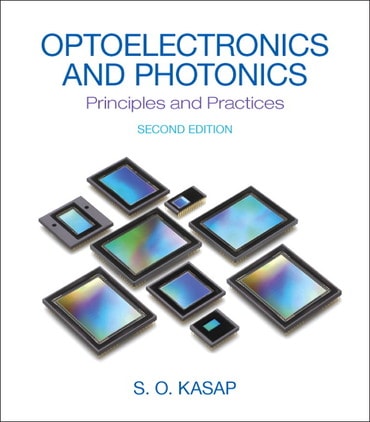Switch content of the page by the Role togglethe content would be changed according to the role

Optoelectronics & Photonics: Principles & Practices, 2nd edition
Published by Pearson (November 5, 2012) © 2013
- Safa O. Kasap University of Saskatchewan
VitalSource eTextbook
$49.99
ISBN-13: 9780133081794
Optoelectronics & Photonics: Principles & Practices
Published 2012
Hardcover
$191.99
Price Reduced From: $239.99
ISBN-13: 9780132151498
Optoelectronics & Photonics: Principles & Practices
Published 2012
Need help? Get in touch